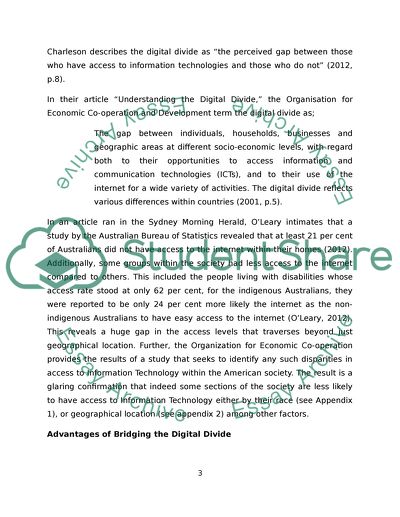Cite this document
(“The Advantages and Disadvantages of Improving the Digital Divide Essay”, n.d.)
Retrieved de https://studentshare.org/information-technology/1486221-1-explain-what-the-digital-divide-is-in-your-answer-discuss-the-advantages-and-disadvantages-of-improving-the-digital-divide
Retrieved de https://studentshare.org/information-technology/1486221-1-explain-what-the-digital-divide-is-in-your-answer-discuss-the-advantages-and-disadvantages-of-improving-the-digital-divide
(The Advantages and Disadvantages of Improving the Digital Divide Essay)
https://studentshare.org/information-technology/1486221-1-explain-what-the-digital-divide-is-in-your-answer-discuss-the-advantages-and-disadvantages-of-improving-the-digital-divide.
https://studentshare.org/information-technology/1486221-1-explain-what-the-digital-divide-is-in-your-answer-discuss-the-advantages-and-disadvantages-of-improving-the-digital-divide.
“The Advantages and Disadvantages of Improving the Digital Divide Essay”, n.d. https://studentshare.org/information-technology/1486221-1-explain-what-the-digital-divide-is-in-your-answer-discuss-the-advantages-and-disadvantages-of-improving-the-digital-divide.


